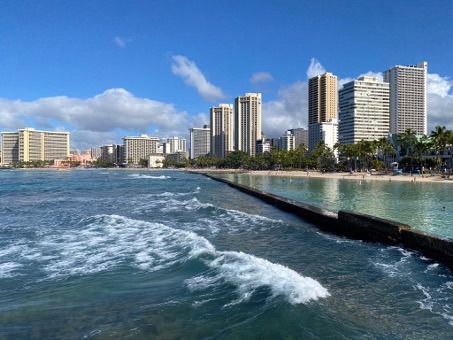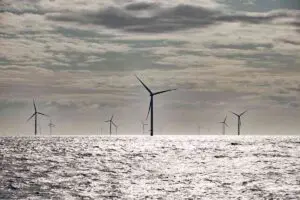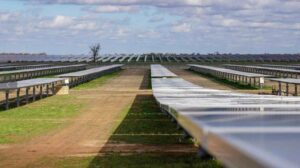In 2015, Hawaii passed a law which mandates that 100% of the state’s electricity be generated from renewable energy resources by 2045. Unsurprisingly, the state’s utilities are doing their best to comply including reducing their reliance on fossil fuel generation.
In the populous Island of Oahu, home to Honolulu and over a million residents, the local utility Hawaiian Electric Co (HECO) is resorting to some unorthodox ideas as it tries to shut down its largest fossil-fueled power plant this September.
Its latest efforts rewards customers to install rooftop solar panels and pair them with batteries. HECO has teamed up with rooftop solar installers on a scheme to reward households for sharing clean energy with the grid at useful times, which is the period after the sun goes down.
As reported in a Feb 15 post on Canary Media Newsletter it is highly unusual for an electric utility and the solar lobby to be in the same camp on anything.
In many places around the US, utilities view rooftop solar as a plague on their revenues and say solar customers shift grid-maintenance costs to non-solar ones (preceding article) and/or claim that the excess solar generation causes congestion on their already stressed distribution network.
Utilities in California have been urging regulators to add a stiff grid connection fee on rooftop solar customers. Florida utilities, another sunny state with a much larger population than Hawaii, are trying to go a step further by virtually killing the rooftop solar industry by making it uneconomic.
But this is Hawaii, and these are desperate times. According to Anne Hoskins, chief policy officer at Sunrun, America’s largest rooftop solar installer, “The two groups that are usually the most opposed to each other, the utility and the [distributed-energy] community, did come together.”
Astonishingly, the two asked the state’s regulators to approve a scheme that pays customers an upfront cash bonus plus a monthly credit on their bills if they agree to add a battery to their rooftop solar.
As is always the case, there is a catch: customers must agree to export power to the grid during the two hours in the evening when the island needs electricity the most, namely after the sun goes down.
In doing so, they would use their battery to store the solar energy during the day while feeding the network after the sun sets, the peak demand period in Hawaii, and many other places.
Under the scheme, participating customers would be paid at Hawaii’s high retail rate for whatever electricity they feed into the grid during those two hours.
The two sides disagree on how long the scheme should be available, but that can probably be negotiated. The Hawaiian regulators appear to be receptive to the idea with the goal to implement the scheme in March.
Similar ideas, namely offering free or heavily subsidized solar paired with storage to customers who agree to allow the utility or a third party to manage the charging and discharging of the battery are also being trialed in California and Australia.
The Hawaiian case is unique because, in desperation, the utility is cooperating with solar installers given the pressing deadline to decarbonise.
The period around the time when the sun sets – around 4-9 pm – has become the most critical time to manage customer demand. Solar + batteries provide the means of delivering much needed power when it is most needed while reducing solar exports during the sunny hours of the day.
Fereidoon P. Sioshansi, Ph.D, is president of Menlo Energy Economics, and editor and publisher of EEnergy Informer. This article is reproduced from that newsletter with his permission.










